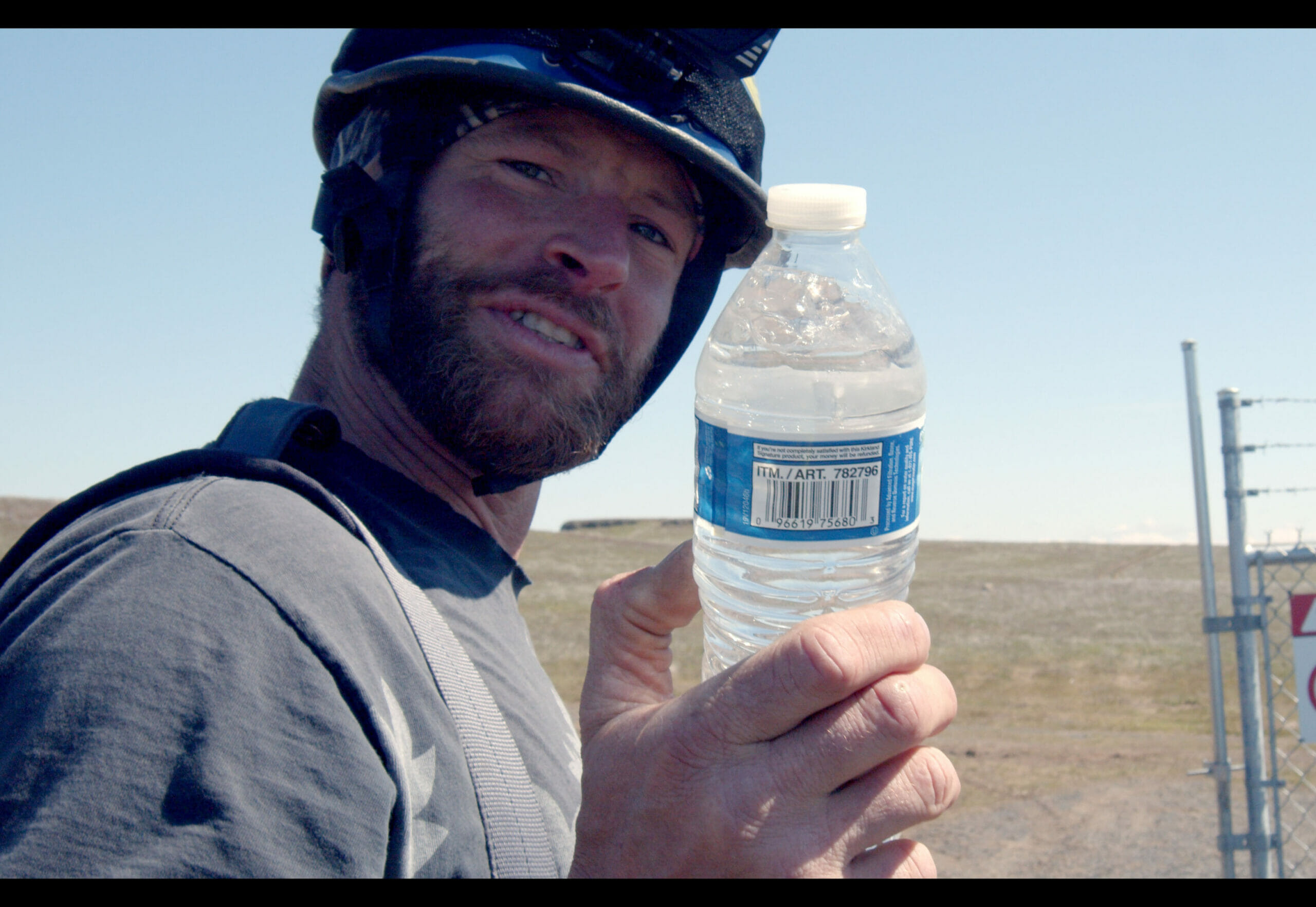Preventing Heat Illness
New Braunfels, TX, May 22, 2024

For many people summertime means cookouts, outdoor activities, and fun in the sun but for those of us who work outdoors in the harsh weather, it means direct sunlight, little to no shade, and extreme temperatures. The combination of hot weather and intense labor puts our workforce at risk for several types of heat related illnesses. Since 2011 an average of 40 workers per year lose their life due to a heat related illness. Heat illness initially may manifest itself as heat rash or heat cramps but can quickly escalate to heat exhaustion and then heat stroke if simple preventative measures are not followed. Some symptoms to be mindful of are a loss of concentration, irritability and sometimes fainting. All these conditions are pre-warning signs of heat-related illnesses. Other symptoms to be on the lookout for are heavy or no sweating, nausea, vomiting, increased fatigue, headache and in some cases a loss of conciseness. Today’s key points target preventing heat illness.
- Stay hydrated
- Pace yourself and get the proper rest
- Create cooling off areas and wear the right clothing
STAY HYDRATED
Hydration starts prior to coming to work. What you consume when you are not at work can have an adverse effect on how your body holds up during those hot workdays. While drinks such as energy drinks, alcoholic beverages, and other caffeinated drinks provide some short-term refreshment, they can dehydrate you. Instead of these drinks choose drinks that will provide and replenish electrolytes. These drinks help to replace minerals and salt lost when sweating. A best practice when working in the heat is to alternate between water and electrolyte drinks. The center for disease control recommends drinking 8 ounces of water every 15 to 20 minutes at a minimum. Drinking smaller amounts of hydrating fluids frequently is more effective than drinking a large amount all at once. Water is our friend in more ways than 1 in the hot summer months and is a key piece to preventing heat illness.
PACE YOURSELF AND GET THE PROPER REST
Try to work at an even pace and don’t overdo it when it’s extremely hot. If your heartrate increases and you feel like you’re gasping for air, stop immediately, find a cool area, and rest until the symptoms go away. You must know your own limits and when you need to take a break. Breaks should be long enough to allow the body to cool off. Crew leaders and supervisors should consider overall work scopes and try to schedule heavy physical tasks during cooler parts of the day. Most heat related deaths occur between 2 and 4pm, so keep that in mind when adjusting schedules and work activities. Rest is also a key factor in avoiding heat illness. You need to get plenty of rest at night so your body can properly recover and be ready for the next day. The length of shifts should also be considered so that workers can properly recover after a long day in the sun. At the end of the day, we all have deadlines to keep, and we all want to get the job done. However, this desire should not lead us to skipping breaks or just trying to push thru in extreme heat conditions. That choice could be deadly!
CREATE COOLING OFF AREAS AND WEAR THE RIGHT CLOTHING
As we just covered, when working in extreme heat we need to schedule breaks to allow workers to cool off for a bit. Taking these breaks in the sun just won’t do it. Once we arrive to our work location, we need to identify areas that can provide shade for our breaks. This could be under a tree or in a shelter with air conditioning. In some cases, we might need to create our own cool-down areas. We can do this by setting up canopies or hanging up tarps. Wearing the right clothing will help keep you cool during those hot summer days. Wear loose fitting and flowing clothing. Flowing garments allow air circulation close to the body, which helps keep the body cool. Select clothing with fabrics that are lightweight and moisture wicking. Avoid wearing dark colors, as they absorb heat lighter colored clothing reflects heat away from your body. The key is to try and cover as much skin as possible. Lastly, don’t forget the sunscreen. Pay attention to any exposed skin that is not covered by work clothing, such as hands, neck, and ears.
Working in the heat is something that we will be hard pressed to avoid altogether but that doesn’t mean we should ignore the fact that working in extreme heat can be dangerous. If we properly prepare ourselves for these conditions, we can still get our work done and ensure everyone makes it home safe.
If you would like more information on this topic or any other safety-related topic, please reach out to the Ontivity safety team at safety@ontivity.com, and we will get you taken care of.
